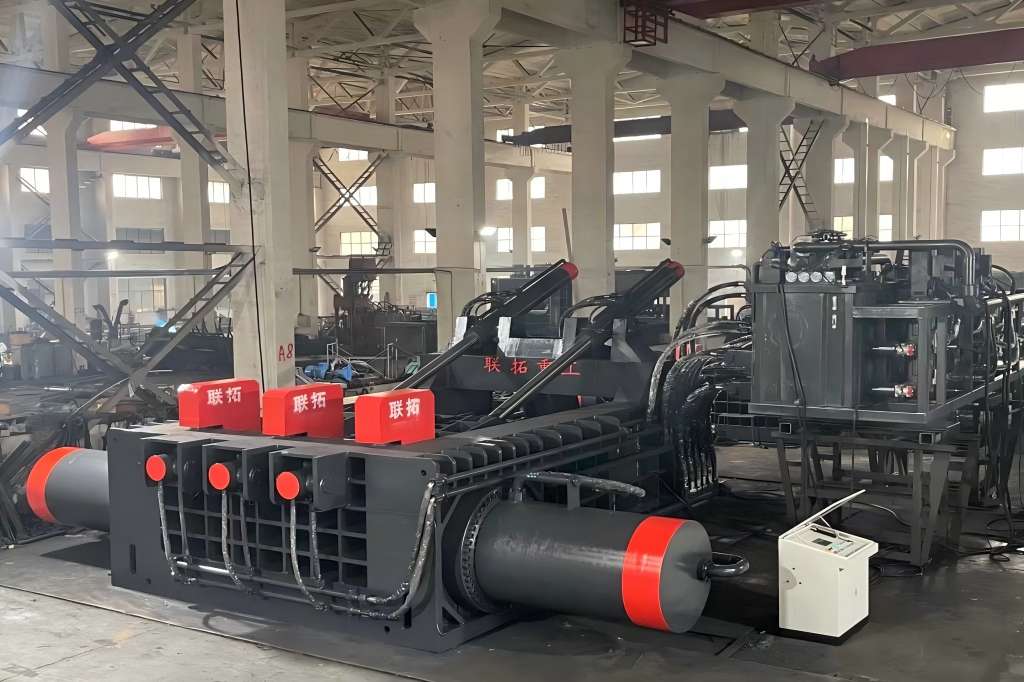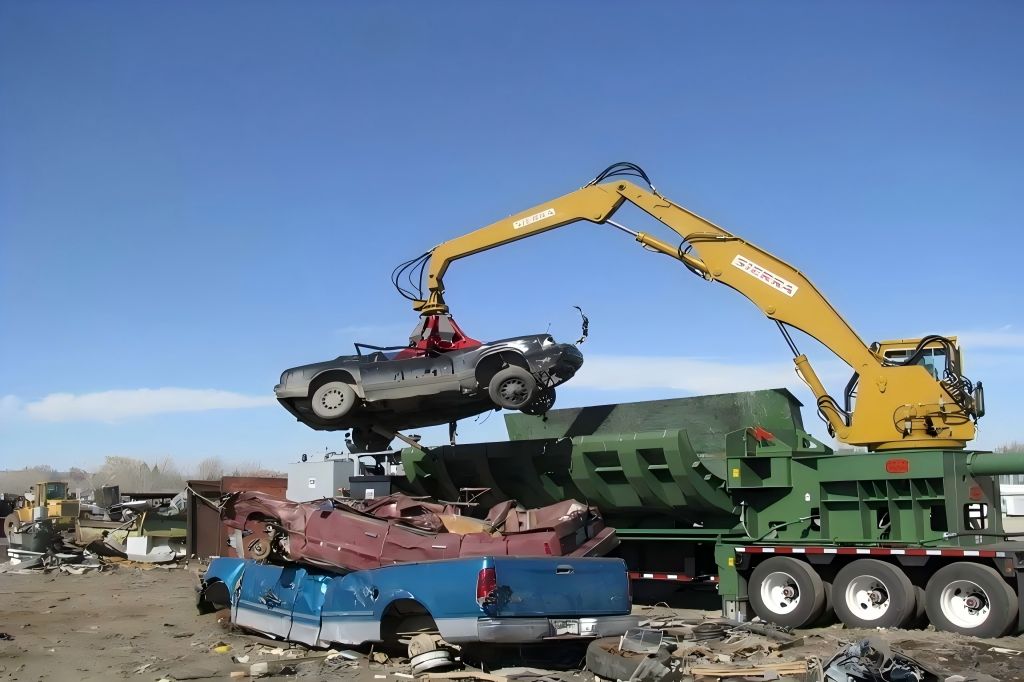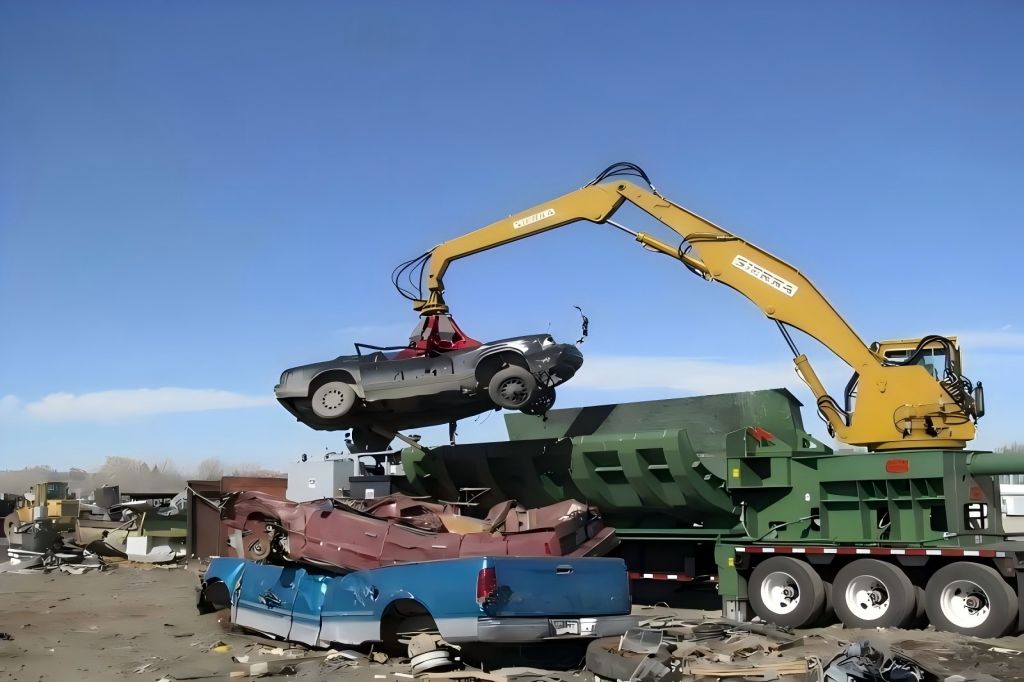Over the past two decades, China’s hydraulic baler industry has grown rapidly, becoming an integral part of the country’s packaging, recycling, and waste management sectors. Driven by technological advancements and increasing demand, the sector has expanded both domestically and globally, positioning China as a key player in the international market.
Early Growth and Expansion: 2005-2006
In 2005, the total industrial output value of China’s packaging equipment manufacturing industry amounted to 9,089,473 thousand yuan. Hydraulic balers accounted for 108,397.50 units produced, generating 8,030,663 thousand yuan in sales revenue and 413,382 thousand yuan in profit.
By 2006, the market continued to expand. The total industrial output value of all packaging equipment manufacturing companies reached 12,181,594 thousand yuan, with hydraulic baler production climbing to 92,167.50 units. Sales revenue grew to 11,036,951 thousand yuan, and profits increased to 644,591 thousand yuan.
The 2010s: Resilience Amidst Challenges
During the 2010s, the sector continued to adapt to challenges presented by global economic fluctuations. The rise in urbanization, government policies promoting sustainability, and growing recycling needs all contributed to the increasing demand for hydraulic balers.
By 2015, the industry had firmly established itself as a significant contributor to China’s industrial landscape, driven by the country’s expanding infrastructure and industrial production.
Impact of Continued Growth: 2020-2024
From 2020 to 2024, the hydraulic baler industry in China experienced steady growth, driven by increasing demand for sustainable packaging and waste management solutions. In 2021, production rose to 32,000 units, with sales revenue reaching 1.8 billion yuan.
By 2022, output grew to 34,500 units, and total revenue surpassed 2 billion yuan, marking an annual growth rate of 7.3%. The trend toward automation and energy-efficient systems gained momentum, as manufacturers introduced balers with smart technologies and remote monitoring features.
By 2023, production increased to 37,000 units, with sales exceeding 2.3 billion yuan.
In 2024, output surpassed 40,000 units, and estimated revenue reached 2.5 billion yuan, reflecting the continued expansion and technological advancements in the industry.
Challenges: Technological Gaps and Market Consolidation
Despite significant progress, the hydraulic baler sector faces challenges. While some segments, such as corrugated carton hydraulic balers, have matured, areas like liquid filling production lines and aseptic packaging systems still require innovation.
Moreover, the market is increasingly monopolized, with larger manufacturers dominating the field, which may limit competition and slow technological advancement.
Global Outlook and China’s Competitive Edge
The global demand for hydraulic balers continues to grow, expected to rise annually by 5.3%. As China’s production capabilities expand, so too does its competitive edge in the international market.
Since joining the WTO, China has made great strides in narrowing the technological gap with international leaders, and its hydraulic balers are now in high demand in regions like Asia, Europe, and Africa.
Conclusion
The hydraulic baler industry in China has made significant progress over the past 24 years, driven by innovation and rising demand. Despite challenges, such as technological gaps and market monopolization, the sector is poised for continued growth.
With increasing global demand for sustainable packaging and waste management solutions, China’s hydraulic baler industry is well-positioned for future success.



